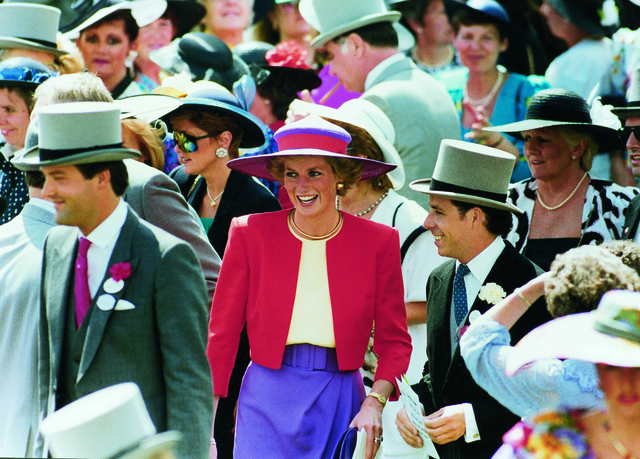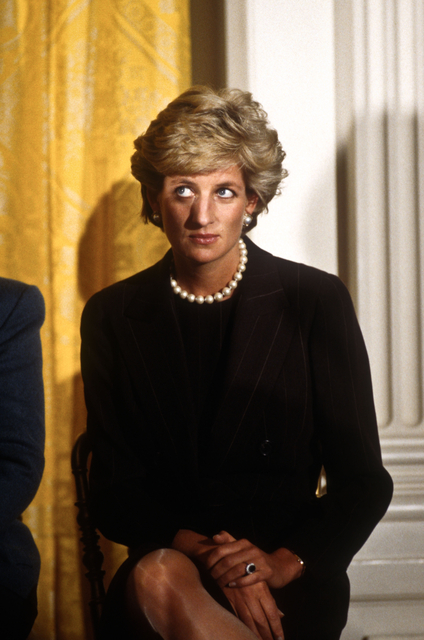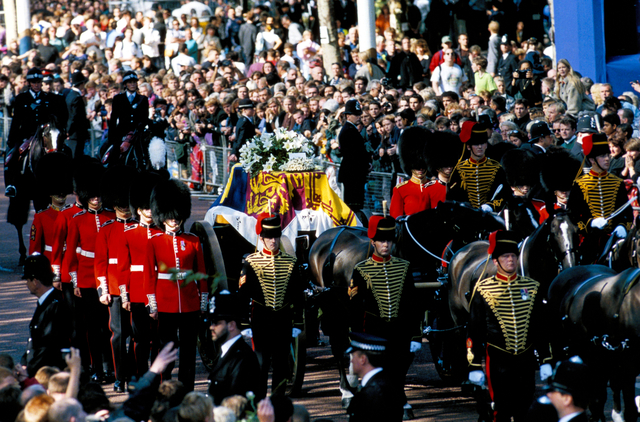
Young or old or somewhere in between, most people by now have a pretty clear image of Princess Diana’s life 25 years after her death, retold recently in the acclaimed TV-series “The Crown” and Pablo Larraín’s Kristen Stewart helmed “Spencer”. Even so, the new documentary “The Princess” by Oscar nominee Ed Perkins is an absolutely necessary one with a fresh approach, yet so familiar.
With a mixture of professional and amateur archival footage, seemingly edited, he reveals how the myth of the royal outsider was born and how it was presented to the public. Mesmerizing, and sometimes ironic, he turns the gaze at the viewer’s unhealthy obsession, participation and projection of building this myth through media, with the Shakespearian tragedy that was to come.
“You gotta choose someone very carefully who can fulfill this particular role”, says Charles, Prince of Wales when asked about a potential marriage in the beginning of “The Princess”. “It gotta be someone pretty special”. The chosen one, and indeed special, was the 19-year-old Diana Spencer, daughter of British nobility. This kind girl, working as a nanny at the time, a “seemingly suitable catch with no previous partners” with a sweet personality, shy smile, sparkling eyes and head down, came into the spotlight in 1981. And her private life becomes public property forever.
In an early interview, with uncertainty in her voice, she claims, “Charles and I can’t go wrong, he’s there with me”, not sure if she understood what she was getting into. The statement though proved to be very wrong. It wasn’t an affair of the heart that the public wanted it to be.

We start to follow the unstoppable enthusiasm, or hysteria, the British people felt when this “much needed fairy tale” took place – the best thing that happened to the British monarchy in centuries. The telephoto lenses business just wouldn’t stop, recording every twitch she makes. Diana is the big news, an immediate superstar and people come to see her while an annoyed Charles had to take the back seat. You just cannot resist her glow, the same way you cannot resist seeing her in this addictive documentary.
Diana was early on considered to be the people’s princess. She could talk to anyone and acted away from the royal protocol. She hugged people with AIDS in the 80’s, she danced with John Travolta, concentrated on the welfare of the Indian people, meeting homeless people, meeting Nelson Mandela and Pavarotti. Her very existence, her behavior, her superstardom and her humility shook the British monarchy to its ground.
British director Ed Perkins (“Tell me Who I am”, “Black Sheep”), with the excellent editors Jinx Godfrey and Daniel Lapira, unfolds her story in real time, taking the same approach as Asif Kapadia did in his successful “Amy”, “Senna” and “Diego Maradona” documentaries by letting the archival footage alone speak for themselves. He doesn’t reveal any new information nor does he create an intimate portrait of the princess. There is no need to and this is not a biopic. Instead he mixes public television footage with ordinary people’s, crowd’s and royal correspondent’s comment, judgment and praise. When, for instance, the announcement from a speaker at a supermarket tells that Diana is pregnant with William, we see people’s reactions. Images show television screens with people having opinions about her suicide attempts and bulimia, Camilla Parker Bowles, the Royal love tapes and her own affairs. Her life, love and misery are everyone’s business as the many unidentified voices add to the substance of the absurd realism and obsession.

To dramatize events we hear classic music composed by Martin Phipps. We also see strong scenes one after another: Charles shooting down birds after the birth of William and Queen Elisabeth watching the fire at Windsor castle after the meltdown of the marriage is a fact.
But the most interesting part of this documentary is not what we already know or think we know. It is how it asks questions about the public’s yearning for the perfect fairy tale, putting the magnetic Diana on a pedestal. And at the same time it wants her to be one of the people. Having it both ways is doomed. And yet we still have no real idea of who she really was. She remains mythical, a ghost, an image. Perkins suggests that our way of consuming this image of her, through media, our demand of having it, is spelled misery all over, which ultimately resulted in Diana’s death at a young age, and this happened even before social media exploded.
Perkins also touches on the dual relationship she herself had with the media, using it for her own advantage after the divorce while finding a new role in life.
Whoever she really was or what her intentions were, it is astonishing how one of the most well-known stories of the last century can still be so touching and keep you on the edge of your seat. It is easy to be overwhelmed by the film’s fluidity, density and above all, Diana’s radiance. Astonishing how it deals with the consciences of our individual power of media consumption, and the relevance the Diana cult has today – long after she left this world.
Grade A-

Check out more of Niclas’ articles.
Here’s the trailer of the film.

